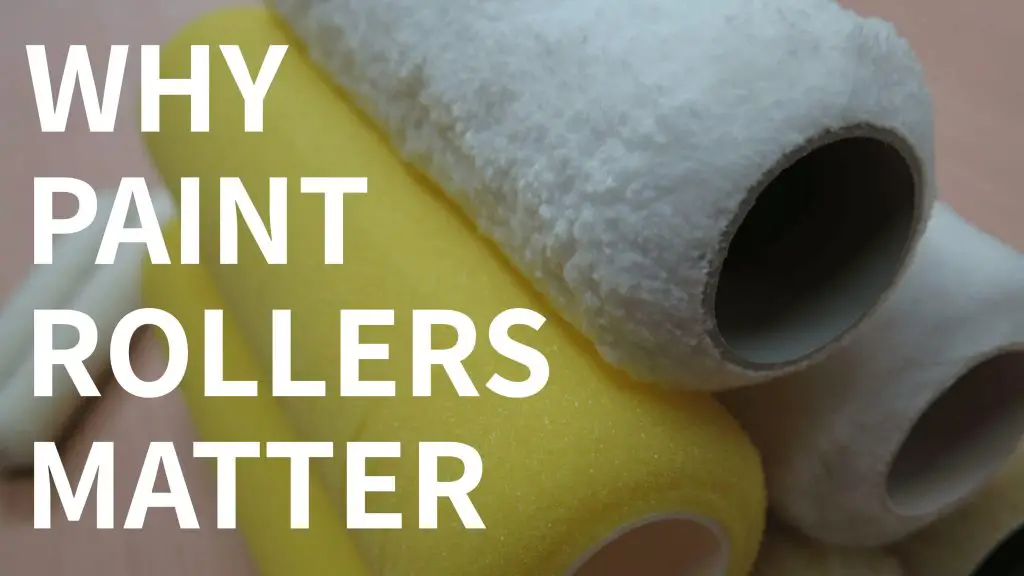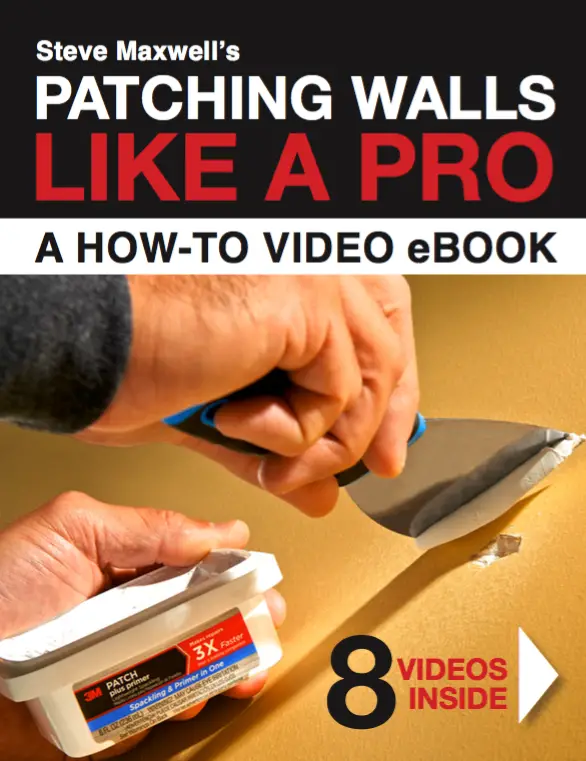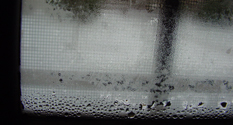Are you planning to do some painting at your place? IChoosing the right paint roller can make a big difference to the speed and quality you achieve. In the world of painting, the part of a roller that holds paint is called a “refill”, and lab tests that I follow show that the best roller refills cut down on trips to the paint tray by about 30%. Speed is one reason rollers spread most interior paint than any other method. And even though they also create a more even surface than anything else other than a brush, rollers haven’t been around as long as you’d think.
History of Paint Roller
Toronto, Canada inventor Norman Breakey changed the painting world forever by inventing the paint roller after WWII, but he didn’t make any money from the idea of putting an absorbent cylinder on a handle. Too bad because plenty of other people have cashed in on his idea over the decades. Paint rollers do what every good tool does. They boost efficiency, enhance results and reduce the amount of skill required for success. And the trick to getting the most out of roller refills is selection.
Understand the Lingo

“Nap” is the degree of fuzziness on a roller, and the smoother the surface you’re painting and the glossier the paint involved, the shorter the nap on a refill should be. This means you’ll find everything from napless foam refills for jobs that have to be as refined as a new car, all the way to shaggy 1”-long nap refills for rough concrete, stucco or cinder block walls. One third of professional painters choose either a 3/8” (10mm) or 5/8” (15mm) nap length, with more than 80% also choosing lint-free roller refills. Then there’s the issue of refill composition.
The most popular paint roller refills are made of either polyester fiber or a lint-free acrylic and nylon blend. Fiber diameter is a crucial but little-known criteria for paint roller performance, and you can see that fact in test results conducted right here in Canada.
Testing Paint Rollers
Back in 2008, a new procedure was established by the American Society for Testing Materials (ASTM) to assess the real-world performance of paint roller refills. The new test was created by Randy Gerrits of Dynamic Paint Products and Ron Rau of the Alberta Research Council and it was used to compare the performance of 8 different types of rollers from 6 different manufacturers. The bottom line was more significant than I ever would have expected.
According to tests, the best lint-free rollers delivered an average of 203 grams of paint per loading, versus 154 grams for the lowest. That’s 32% fewer trips from the wall to the paint tray. Similar results were discovered with microfiber refills. The top contender rolled out 175 grams of paint compared with 130 grams, or 34% more. The first dry spot from the lowest performing roller happened after just 12 feet of rolling, compared with a whopping 27 feet of roll before the first dry spot appeared on the best roller.
Most painters head back to the tray when a roller is delivering about 75% coverage, and that happened after 47 feet of rolling in the test for the top performing refill, the Dynamic Microfibre. This compared with 38 feet for the lowest performing model. That’s a 23% advantage for the best refill. It’s no coincidence these top numbers were delivered by the roller with the finest fibers. The finer the fibres the more surface area they have, the more paint a roller can hold.
DIY success often comes down to the quality of tools and supplies you choose. And while choosing roller refills is only one of the painting decisions you make, it may turn out to be one of the most important.
Got walls to patch and prepare before painting. Click below to check out my online course on Patching Walls Like a Pro. It can help your next interior paint job look much better.














